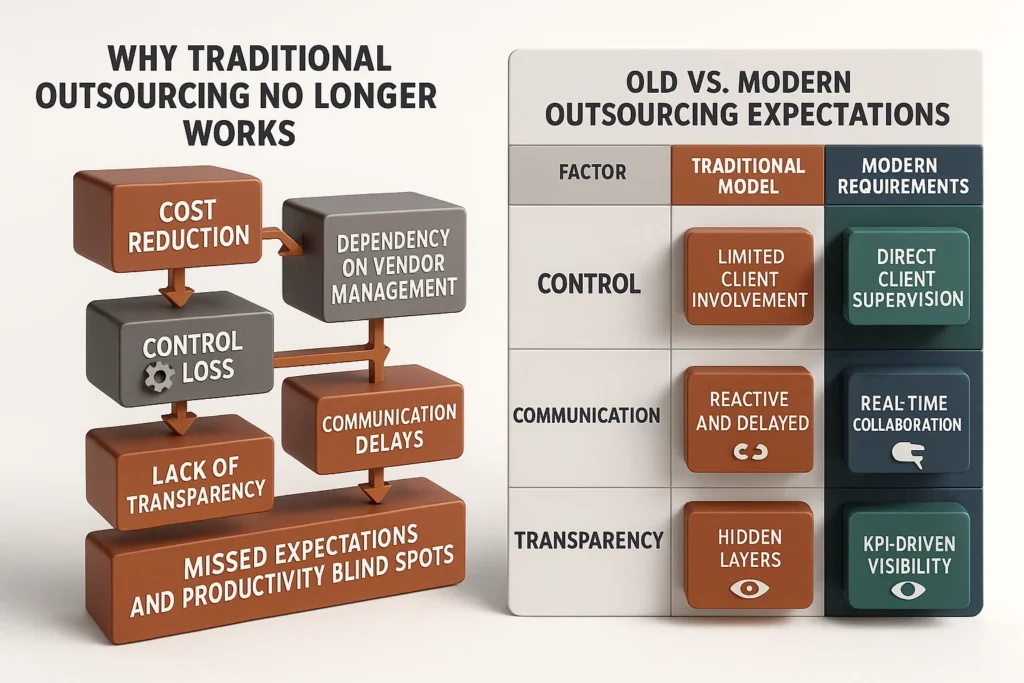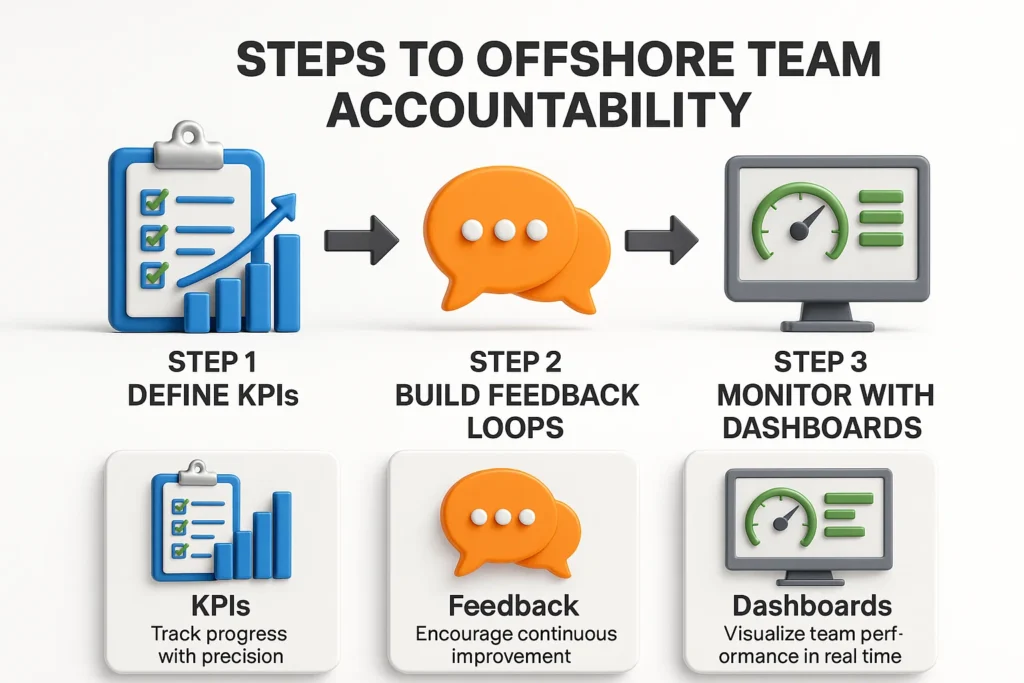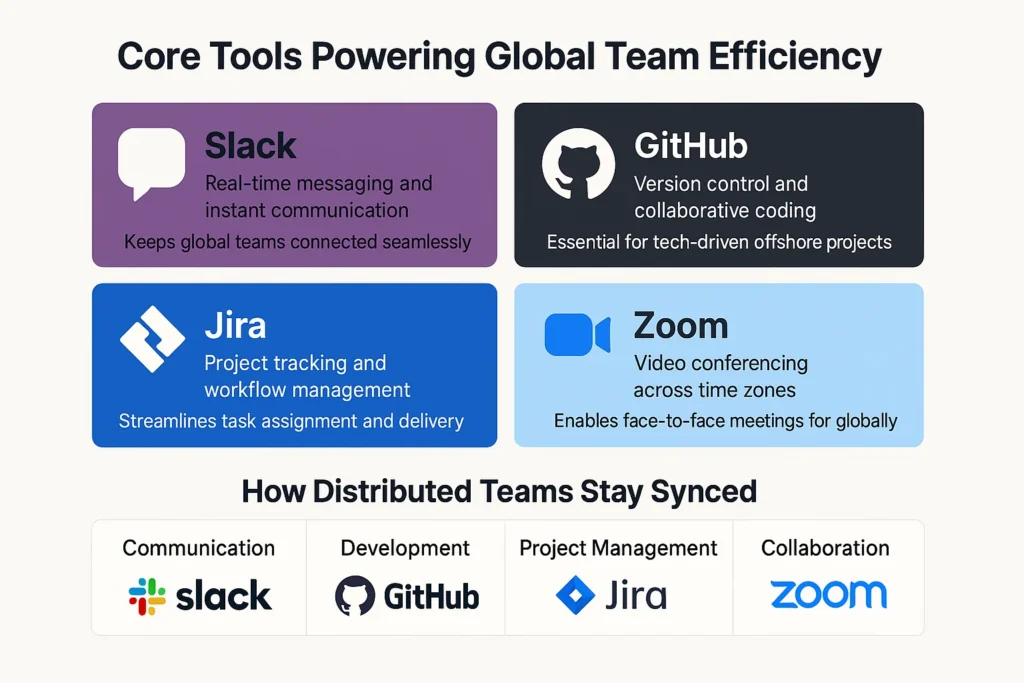The Ultimate Guide for Businesses in the Global Economy
1.Client-Controlled Outsourcing Is the Future
In the future, outsourcing controlled by customers is the way to go. By 2025, companies will be shifted towards outsourcing that is controlled by the client that allows clients to manage and supervise offshore teams, ensuring alignment to company objectives, enhancing accountability, and delivering better performance.
2.The Traditional Model Is Becoming Obsolete
The traditional model of outsourcing, in which the vendors had most the responsibility has become ineffective. Customers now want an oversight directly to deal with problems like communication issues in transparency, communication gaps, as well as delayed results.
3.Transparency and Accountability Are Key
Companies that use outsourcing controlled by clients can benefit from creating clear processes, establishing clear expectations as well as using performance monitoring instruments to make sure that offshore workers are held accountable.
4.Beyond Cost—Measuring Performance Holistically
Instead of just focusing in cost-cutting, organizations are now evaluating the performance of offshore teams with a variety of metrics, including the quality of work, timeliness and collaboration among team members and ensuring value for the long run.
5.Tools for Effective Remote Team Management
Making use of the best collaboration software such as Slack, Jira, GitHub as well as Zoom is crucial to manage remote teams in a way that ensures the smoothest communication and real-time cooperation between teams across the globe.
6.Agile Offshore Management Drives Productivity
The flexibility of offshore management allows companies to increase their operations quickly react quickly to change and increase productivity through the management of workflows and projects in a way that is flexible and responsive.
7.Scaling Remote Operations Requires Client Involvement
Customers are more working with remote teams. They provide direction, setting goals clearly as well as ensuring that the remote workforce is in line with the company’s culture goals, mission, and requirements.
8.Smarter Outsourcing Maximizes Long-Term Value
With a hands-on method, companies can build durable, effective outsourcing alliances that go far beyond cost reduction to encourage innovation, quality and growth for their workforce worldwide.
The landscape of outsourcing has seen substantial changes in the past. As we progress closer to 2025, a brand new model emerges. In the last few years, client-controlled outsourcing has gained popularity as companies seek more freedom and control in their outsourcing relationships. The days of solely relying on third party vendors to handle all aspects of outsourcing have been fading. Nowadays, organizations are adopting a more direct approach to ensure they keep oversight over the most important elements of offshore teams, while profiting from the global resources.
This move towards an efficient and flexible model of outsourcing has changed the way businesses work with offshore teams, and how they scale the scope of their business. What is the reason for this change and what do these changes have to do with businesses that are moving towards the future?
Client-controlled outsourcing is a model that allows companies to actively supervise and manage their offshore teams, usually employing internal management methods to ensure that their work coincides with company objectives. Contrary to traditional outsourcing, which has outsourcing providers holding a lot of the responsibility for managing daily work, outsourcing controlled by the client puts the client in control of the process. This type of model allows greater transparency, more efficient workflows and a better alignment to the vision of the company and its targets.

Over the years, outsourcing was typically viewed as a means to cut costs and relieve operational burdens. However, this old method of outsourcing has begun to reveal its shortcomings:
Companies identify what roles can be outsourced.
Offshore teams operating across time zones and regions were unable to meet the expectations of clients, which often led to miscommunication or missed deadlines.
The traditional outsourcing methods often did not have transparency which made it hard for customers to evaluate the performance of and their productivity.
While companies strive to achieve greater flexibility, agility and accountability offshore, the need for more direct involvement is never more evident. Outsourcing trends in 2025, highlights the significance of vendor oversight as well as measuring performance beyond cost– two important aspects of a control of the client.

The move to outsourcing that is controlled by the client has several advantages which make it a desirable alternative for firms looking to remain competitive in an ever-changing market.

Transparency is an essential element for client-controlled outsourcing. In contrast to the conventional model which could see workflows and processes be hidden under layers of vendor management, client-controlled outsourcing is characterized by open communication and transparent expectations. This is how companies can build better-organized procedures:
Through fostering a culture of transparency, clients are able to ensure that the teams they employ offshore are continuously in tune with their mission and goals as well as the outcomes they want to achieve.

One of the biggest challenges when managing offshore teams is to ensure accountability. When outsourcing is controlled by clients, they can create processes that foster accountability as well as high-performance. Some methods for increasing accountability are:
Cost savings can be an important factor in outsourcing but the model of outsourcing controlled by clients places a greater emphasis on the long-term benefit over profit. The companies are going beyond cutting costs and are focusing on evaluating performance using aspects like:
If they focus on these indicators, companies can be sure that they’re getting the best value from their outsourcing investments without sacrificing the quality of service or efficiency.

A successful global workforce management strategy will require the proper devices to keep teams from overseas active and efficient. A few of the most efficient methods for teams with distributed locations with client-controlled outsourcing are:
A well-balanced mix of tools will ensure that the clients as well as the offshore teams are able to stay in sync together, work efficiently and expand remote operations when necessary.

In an outsourcing system that was traditional the client was often expected to hand over tasks and were not involved with day-to-day activities. But in a client-controlled outsourcing model, the client plays a much more proactive role in making sure that productivity is maintained. It involves:
It is a result of an offshore workforce that’s not only executing work but also an extension of the clients’ own team.
The future of outsourcing is evident that client-controlled outsourcing is a preferred option for those seeking to remain in the forefront of technology. By having greater control on offshore staff, increased accountability in offshore operations as well as a focus in scaling remote operations efficiently, clients are no longer just passive players but are active participants when it comes to outsourcing.
With this innovative method, companies can establish clear processes, evaluate the performance of their teams beyond costs, and make sure that their teams working offshore are in line with their mission. While outsourcing is evolving, over the next 2025 years, smart outsourcing won’t only be about reducing costs, it will also be about creating sustainable, efficient, and effective partnerships that can propel businesses ahead.
Join thousands of businesses leveraging offshore staffing to scale their operations globally
Expand effortlessly with My Offshore Employees - access top 1% offshore talent starting at just $3/hr or $600/month per FTE. No hidden fees, no compromises on quality. Your offshore employees work exclusively for you - ensuring focus, transparency, and real-time visibility into your projects. We combine smart automation and proven industry experience to deliver higher productivity, fewer errors, and tailor-made solutions for your business growth.
© 2025. All Rights Reserved.